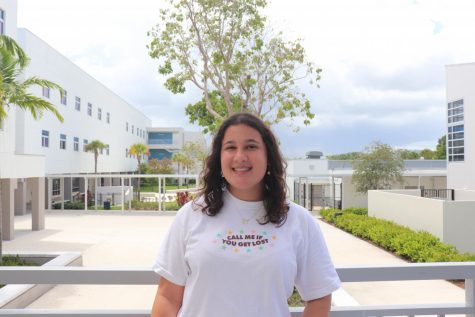14 Days of Love Day 2: Should Schools Provide Condoms for Students?
February 2, 2020
The logic seems so simple: more condoms lead to fewer STIs and fewer teen pregnancies. We have been taught this time and time again through the Health Information Project’s Peer Educators who visited our classroom freshman year. Despite this seemingly common knowledge, Miami Palmetto Senior High School has yet to implement a free condom program.
Through HIP, students learn about different STIs and different forms of contraceptives, but the program fails to provide them with the means to practice safe sex. According to the Center for Disease Control, young people between the ages of 15 to 24 account for 50% of all new STIs, although they represent just 25% of the sexually experienced population. That being said, if Palmetto had condoms readily accessible in the nurse’s office or even given out during HIP sessions, this percentage would significantly drop.
Simply put, the main problem is access to contraceptives. Some students may not be able to afford condoms, while others might be too embarrassed to purchase them in a store. Whatever the case, teens crave convenience and if Palmetto had free, easily accessible condoms, their usage would skyrocket.
For example, a high school in Los Angeles County decided to implement a condom availability program. A year later, students filled out a follow-up survey and the results found that the percentage of males who reported using condoms every time they had sex during the past year increased significantly, from 37% to 50%, and the percentage of males who reported condom use during their first time having sex increased from 65% to 80%.
Abstinence may be the only form of contraception that is 100% effective, but parents and school administrators must acknowledge that teens still have sex. Introducing the idea of condom use at such a formative age may help teens view contraception as second nature and promote safe sex from a young age.
Though critics may argue that schools supplying condoms would increase sexual activity, this does not end up being the case. According to a study done by the American Academy of Pediatrics, schools that provide condoms for their students have not seen a significant effect on the amount of sexually active students — in fact, the schools see a decrease in STIs and unwanted pregnancy.
In the long run, the lack of contraceptives in schools can lead students to make bad decisions that can impact their health and their futures. Being educated on how and why condoms are used is not enough; teens must have them readily availible so the safe sex practices they learned about in HIP can be implemented.







